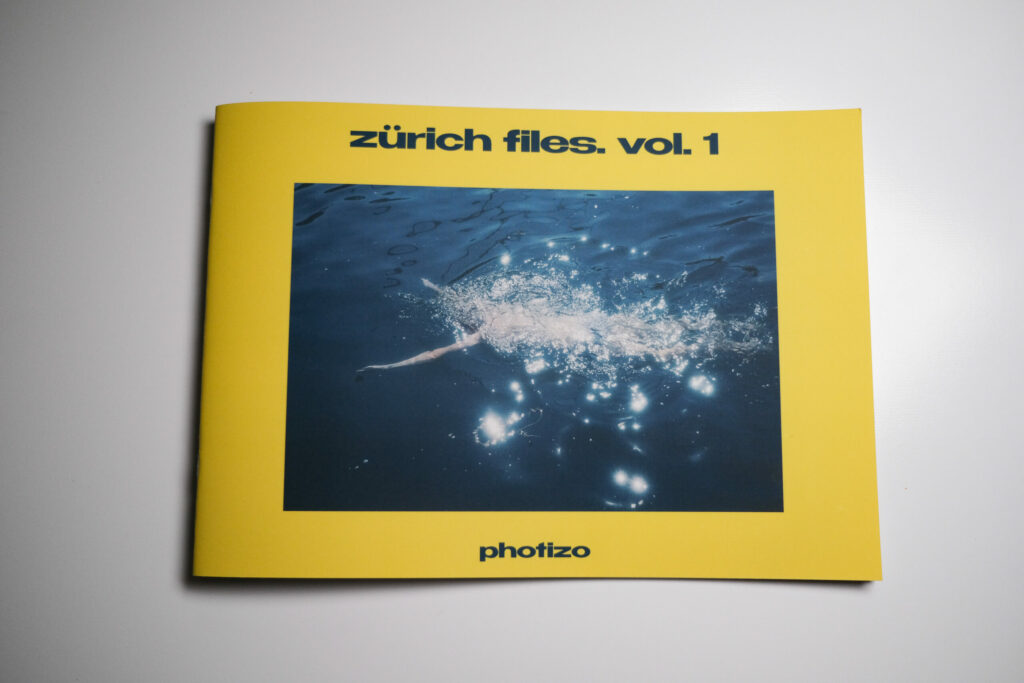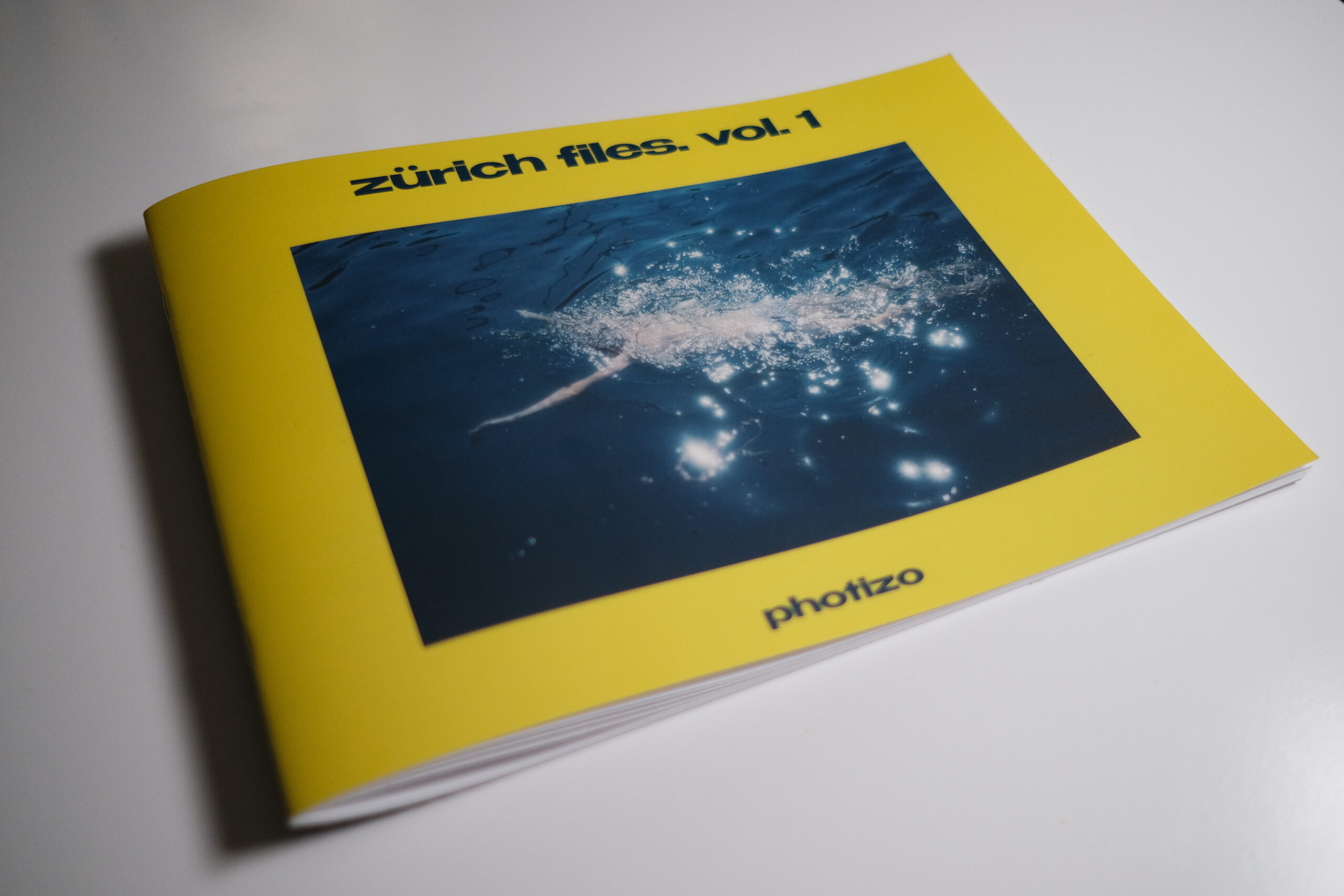how i created my first zine (and why you should make one too)

The more I photographed as an amateur, the more I noticed that, in opposition to the professional, who has the clear end goal to deliver a certain work to a client when they photograph; the amateur can have a feeling of teleological dread. In other words, they are terrified and weakened by the fact that their exercise of photography does not have any final goal:
- Why all those photos?
- When does the photographic process end?
- Does it start with an intention and ends with a file being saved on your SD card (or film roll for the hipsters reading me)?
- Is there some greater goal that you can achieve through your photography?
Those are all questions that many photographers might have asked themselves. Some photographers might be shooting for the sheer pleasure it brings them, others to have an accurate representation of how reality presented itself to them at the moment they photographed. But for street and documentary photographers, those reasons above can often seem insufficient. Is the image being posted on instagram really where the life of it should end? Or can you give more meaning to it?
A first way to give more meaning to your work is to print a single image in a size that feels right for the way you want it to be seen. This step already allows more satisfaction than simply looking at a screen which you probably already do all day. Presenting the image on a physical and therefore palpable support, that serves the sole purpose of displaying the image is, in my honest opinion, a much more satisfying end for an image than seeing it lost in the middle of a pixel ocean.
A better way, which is perhaps an extension of the one described above, is to use individual images and integrate them in a printed project. This allows you to create a stronger narrative out of the images. They exist by themselves, and can be appreciated as such, but they can coexist within a project that will ideally be visually and narratively coherent.
And as you can guess it in the title, this is the way I chose to solve this “why the fuck am I taking pictures” problem. I tried to work on a clear and achievable project: a zine.

We will discuss the advantages of the zine format later, but let me first talk a bit about my own experience in creating one.
In my case, the idea to create a zine was always in the back of my head and kept on growing parallelly to my interest in photography books. I was shooting a lot of streetphotography but often feeling unmotivated. I started getting tired of the “athletic” aspect it may take when you are out hunting for the banger shot that will be better than the other bangers you took in the past.
It was in this period full of doubts that, one evening, while sorting my photos (I don’t do it often), I noticed that I had been unintentionally shooting a lot next to water bodies. I then took care to always include some spots that contained water in the background during my photowalks.
After some time, I felt like I had enough photos and started sequencing them. It took a bit of time before finding a coherent way of arranging the images. As I often stumbled upon slackliners during my walk, I had the idea to use them as a scarlet thread and as a way to give a certain rhythm to the zine. Every 3 to 4 images would be an image of a person or a group of persons practicing their slackline skills. These images were also a certain metaphor for personal balance. I then mostly used images depicting joyful scenes or images of people relaxing near the water, interrupted by image of those above mentioned focused slackliners.
After establishing that rhythm, I wanted to create some tension and introduced images that felt a bit more solemn to me starting with a man falling. From then on, no more slackline images, and more images carrying a subtle darkness to them, such as one featuring a dead whale in the background, some worried faces, and a tension that reaches its peak with an image featuring the shape of a person floating in water, as if they were dead followed by a metaphorical ending with 2 or 3 abstract images (to see it, buy the zine lol).
Through that sequencing, I believe that I managed to create a coherent narrative. Is it groundbreaking? I do not think so as this is my first attempt.. But I found a way to give meaning to my work by enhancing it with a more artistic aspect and in the end, I am quite happy with the result, but most importantly, it motivated me to shoot more than ever.
Based on my experience creating this zine, and if you are feeling a bit lost with all your images piling up on your harddrive, I can advise you to work on a printed project. The latter can be a photography zine, or some other form of printed material. But now that I have described my experience, it seems interesting to share some reasons explaining why I believe the zine format is the most convenient way to print your work and escape the fully digital workflow:
- It can be very cheap
Creating a zine is probably the cheapest way you can get your work printed (and sequenced). If you own a printer the costs are really minimal, but there are also plenty of websites that offer different options, so you should be able to find one that suits your budget. If you work in an office environment, it can even be free, which is a small compensation for being stuck in a room with artificial lightning all day long. Probably not allowed though, so make your own decisions and don’t blame it on me if you get fired.
- It’s a good way to disclose your work
You might have noticed that your family and friends are bored when you show them your photos by sliding through your phone’s gallery, and if you have not noticed it, I am telling you that they are indeed bored. Generally, the only phone people want to look at is their own. A better way to share your work with others is by making a zine. You will be surprised by how much more interest it will spark when showing a zine compared to a phone.
And if you plan to show your work to more than just your family and friends, the zine format can be great for portfolio reviews or gallery submissions.
- It pushes you to be more creative
Creating a zine needs a lot of creativity, you first have to decide on the size of the zine, then on how you arrange the selected images within the zine, you can do full spread, multiple images on one page, a big image on the left and a small on the right. The possibilities are endless.
Furthermore, you have to be creative in your decision making when it comes to the selection and sequencing process, on how your story will be told, on the way you edit your images but even on what you photograph.
- It helps you overcoming creative blocks and stay motivated
Similarly to writers who can experience the writer’s block (in french we use the expression “syndrom of the white page”… this is another example of the superiority of the french language), photographers can experience the photographer’s block (or should I say the “syndrom of the stuck shutter”?). A good way to counter this impossibility to know what to shoot when you are out on a photowalk, is to work on a project. The more you progress in your sequencing, the more you will know what kind of images you might need. And if you are the kind of person that sometimes prefers to watch tiktoks on your couch instead of going out, simply shooting for a project can motivate you to step out. It is easier to be motivated when you have a clear goal to achieve.
- It helps you track your evolution as a photographer.
Another advantage of doing a zine, is since it is so easy to produce, you can try to do them frequently. My plan is to release one zine every 6 months. This allows to track your evolution, not only purely in the images you produce, but also in your sequencing and narrative skills. More than that, if you make works that are decently personal to you, the zines can become pillars representing certain eras of your life.
Now I believe that you are motivated, I have nothing else to add apart from telling you that it is worth it to work on a zine and that you will be rewarded with a lot of pleasure. If you are working on a zine, don’t hesitate to reach out to me. I will be happy to help you in that process.
If you enjoyed reading this article (my first one eheh), you can subscribe to my newsletter by using the form below.
